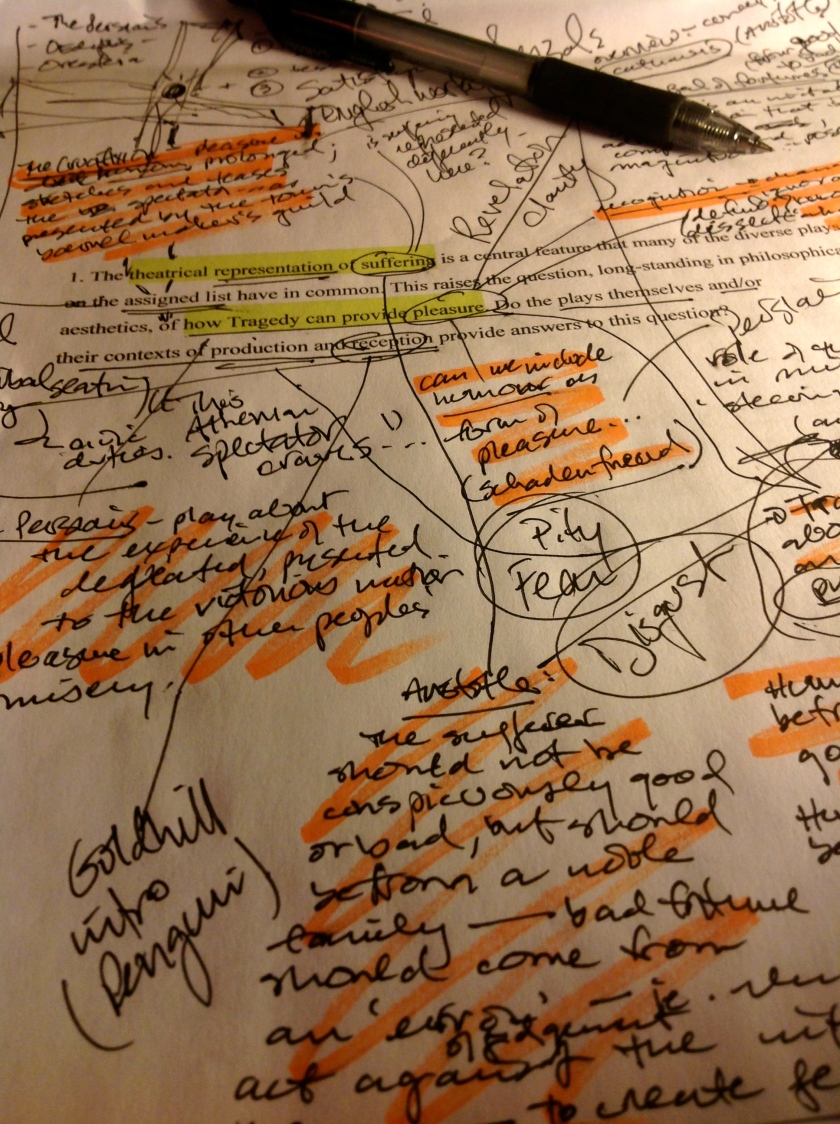From time to time people ask me for advice on making binaural (or “3D” or 360-degree) audio recordings.
First — have a read through Wikipedia’s ‘wiki’ page for binaural recording
Second — it needn’t be expensive (although it certainly can be). So listed below are some of the hardware and software tools that I have first-hand experience with over the past few years. Please note: none of these companies are endorsing me or paying me for mentioning them or their products.
Third — I will update this page as I come across other tools and strategies.
But in the meantime, if you have questions just send me an email.
Have fun!
Field Recording
Microphones
(previously) SP-TFB-2 – Sound Professionals – Low Noise In-Ear Binaural Microphones
(currently) Soundman OKM II Classic Binaural Microphones
(DIY alternative) If you have 2 identical microphones (ideally of the large capacitor type), a binaural audio experience can be created by positioning the microphones at the same vertical height but facing out in opposite directions from each other. The distance between the two microphone’s capsules should be the same as the width of the average human head. Then fill that space with materials having an equivalent material density (try a pillow or the head of a mannequin or wig display)
If the DIY approach appeals to you, Rob Cruickshank’s infinitely wise Musicworks tutorial How To Make Binaural Microphones is a must-read.
Sound Recorders
Software-based Encoding
For arranging pre-existing, non-binaural audio recordings into a binaural /3D audio format I’ve had good results from the VST implementation of the Facebook 360 Spatial Workstation.
Lately, I’ve also been doing binaural audio work inside the MaxMSP programming environment through a very useful library of Higher Order Ambisonic encoders by these lovely folks:
- HoaLibrary : High Order Ambisonics library.
- HoaLibrary-Max : HoaLibrary for MaxMSP.
- HoaLibrary-Pd : HoaLibrary for Pure Data.
- HoaLibrary-Faust : HoaLibrary for FAUST.
- ofxHoa : HoaLibrary for openFrameworks.
Recording Collections
My own (growing) collection.
You can also search the Freesound collaborative database of Creative Commons Licensed sounds for binaural recordings — just make sure that if you end up using someone’s recordings in your own work that you adhere to the Creative Commons license stipulated by the recording’s creator!!

 Shh! is a sound installation for a single audio speaker in a public space. It consists of 24, 1-hour tracks running continuously in the space at an overall volume level which matches the ambient sound level of the space.
Shh! is a sound installation for a single audio speaker in a public space. It consists of 24, 1-hour tracks running continuously in the space at an overall volume level which matches the ambient sound level of the space.

